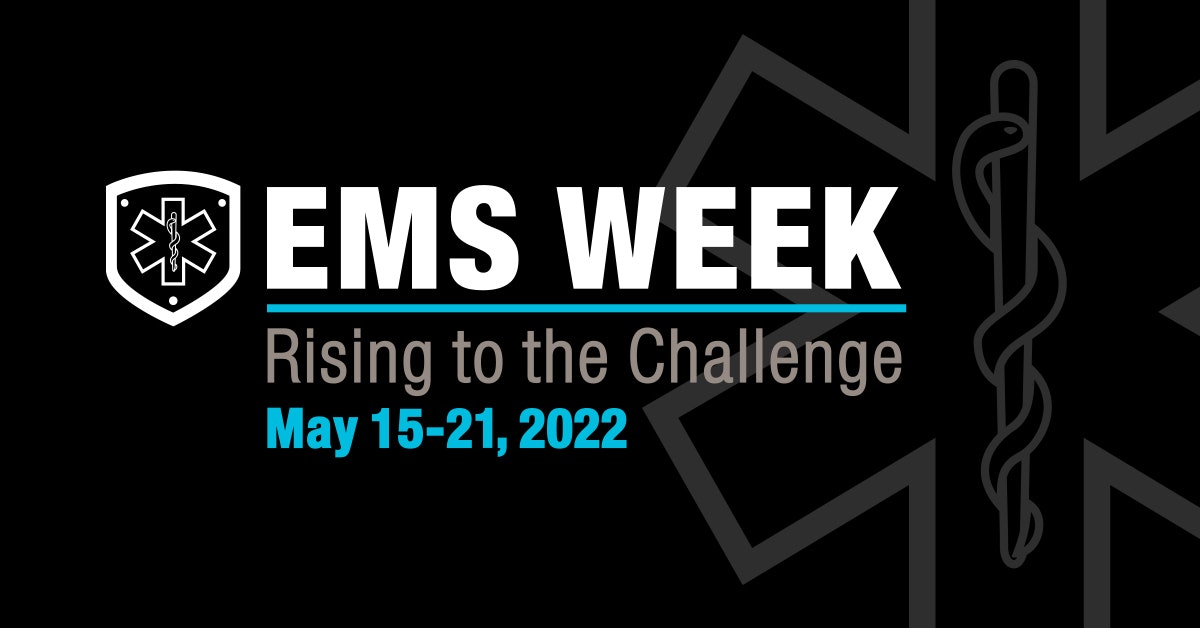National EMS Week 2022 - Education Day

May 16, 2022 — National EMS Week - Rising to the Challenge - Education Day
Being a Paramedic or EMT requires initial and ongoing training to confirm that medical knowledge remains current and skills are fresh. This requires reoccurring certification in areas such as Pediatric Advanced Life Support (PALS) Advanced Cardiac Life Support (ACLS), trauma courses, Cardiopulmonary Resuscitation (CPR) and participation in other continuing education and skills evaluations. The more medical training a provider has and the more skills they are proficient in creates an environment where better patient outcomes are possible. Of course this has to be paired with availability of good therapies, equipment and the ability to access a patient when immediate care and transport can be effective.
Emergency Medical Technicians, or EMTs, attend programs that are at least 160 hours and include at least 136 hours of didactic training and at least 24 hours of clinical training. Locally, EMTs complete additional expanded scope training to use Epi-pens, administer Narcan, use super glottic airways and glucometers.
Paramedics in California attend a paramedic program for least 1,090 hours. EMT-level instruction is not credited toward this total; nor are hours spent assessing readiness for paramedic training. At least 450 hours will be spent in the combined areas of didactic instruction and skills laboratory. At least 160 hours will be spent in hospital clinical training; a portion of these hours may be credited for training that takes place in expanded clinical settings. The remaining training occurs during a field internship on a paramedic ambulance under the direction of a Field Training Officer. Paramedics must pass National Registry written and skills examinations and then complete State licensing and local EMS agency accreditation.
A patient's chances of survival can also improve if they receive early care from trained bystanders. There are many good courses available to the public to learn life saving skills. These courses include CPR, Stop the Bleed, basic first-aid and more. Consider enriching yourself and possibly help others by taking one of these courses!




